Setting the Stage
India is home to one of the largest Muslim communities in the world where the Islamic tradition has flourished alongside other diverse faiths for centuries. With the rise of Hindu nationalism, the Islamic symbols and arts that reflect its greatest glory and the lives of Indian Muslims become more endangered than ever in its history. Islamic religion and the Muslims are viewed as foreigners or foreign elements and the Islamic expansion are lamented and considered as an “intrusion” in today’s India’s general audience.
“We all live today in a 1026-1528-1992 present and not in 1757-1885-1947 of the past,” wrote Shahid Amin.[1]
The question then arises; how do we get here? What was the Islamic tradition in India? How and why was Islam portrayed as a “foreign intrusion”?
The Islamic Tradition
The historical role played by pre-colonial Islamic traditions becomes clear when seen in the light of apparent congruity, i-e how the Quran which has been revealed to the Prophet Muhammad ﷺ was transmitted to South Asia, a non-Arabic region.[2] A major role played in the transmission of Quranic cosmological weltanschauung was played by the adoption of Arabic script into local language vernaculars. This happened in Persia in the 10th century when a vast amount of Arabic script was adopted into the local language of pre-Islamic Iran.
Together with the influx of Arabic script and vocabulary facilitated the Quranic ideas of cosmology, prophethood, divinity, and so forth.[3] Saiyid Sultan, a Bengali Muslim poet in the 16th century composed Nabī Bamsa a biography of Prophet Muhammad ﷺ, consisting of more than 22,000 rhythms and couplets composed in the style of a Puranic epic, which effectively harmonized the world of Prophet Muhammad ﷺ with tropical monsoon world of medieval Bengal. At the time of composition, the Bengal delta was already saturated with literary traditions (e. g mañgala-kavya) celebrating the region’s many Saiva, Vaishnava, and forest goddess cults among others.
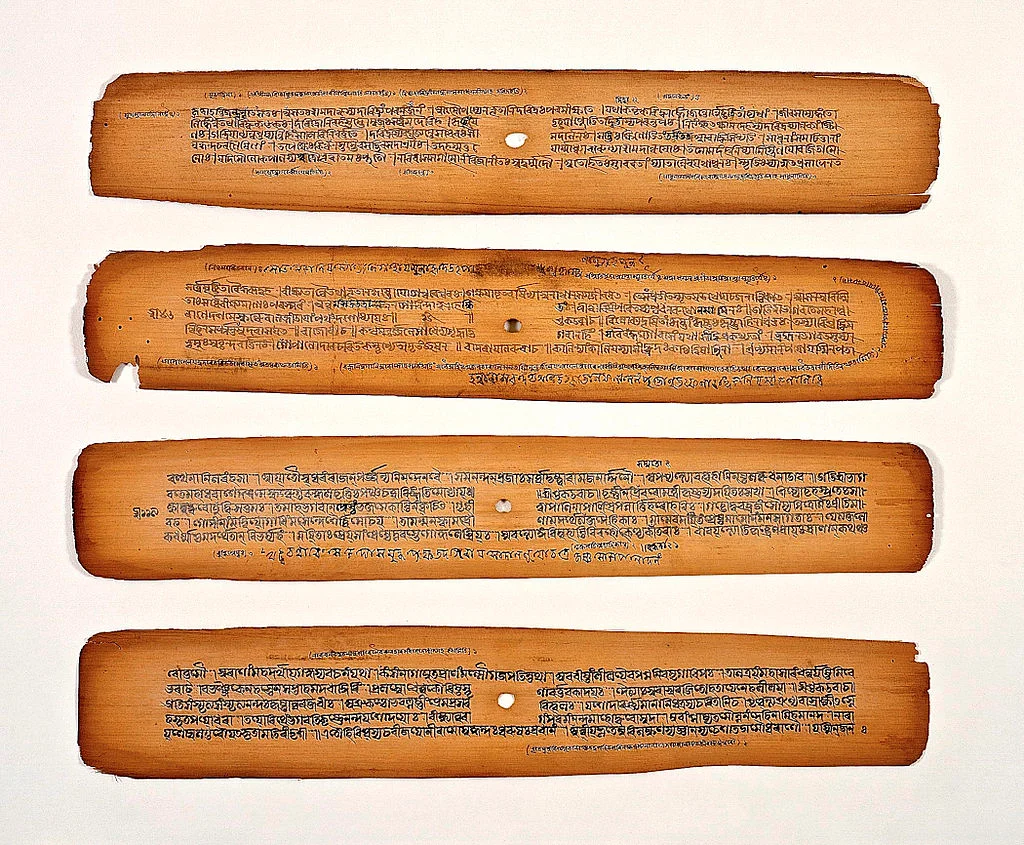
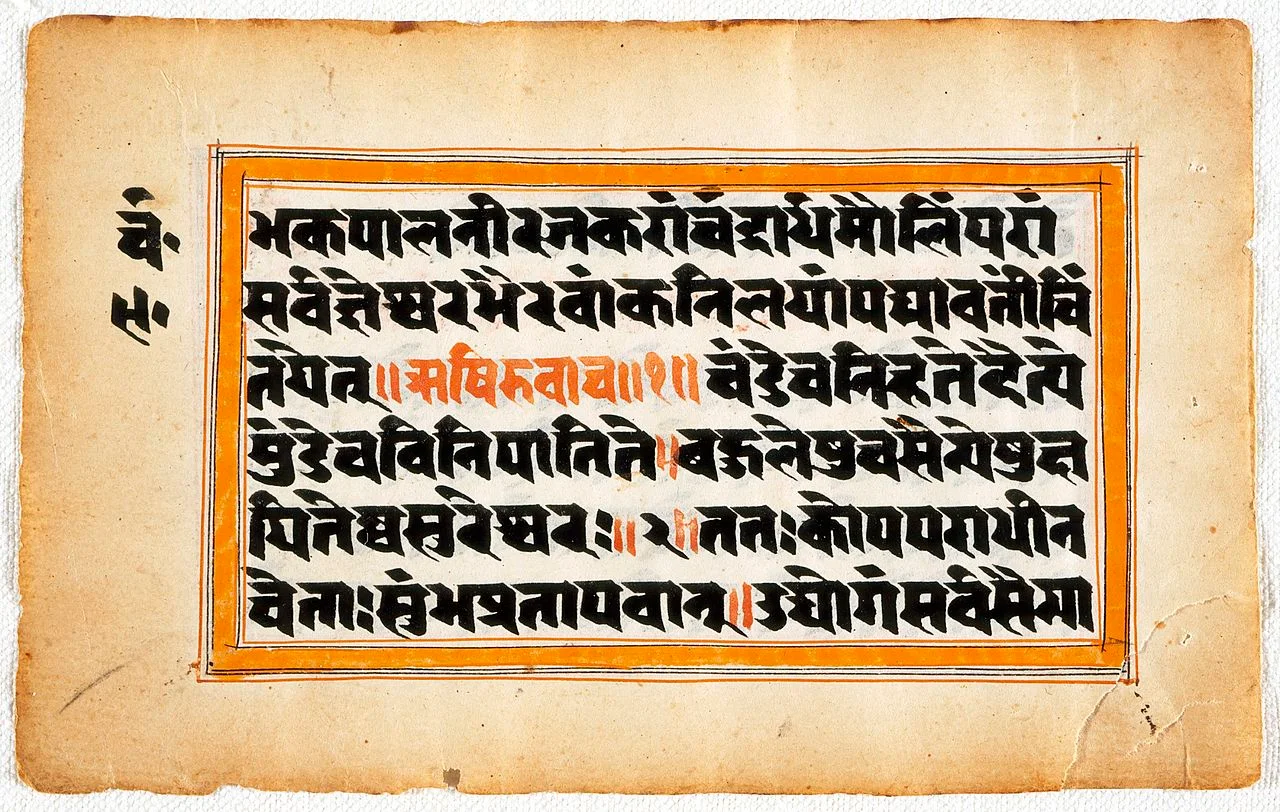
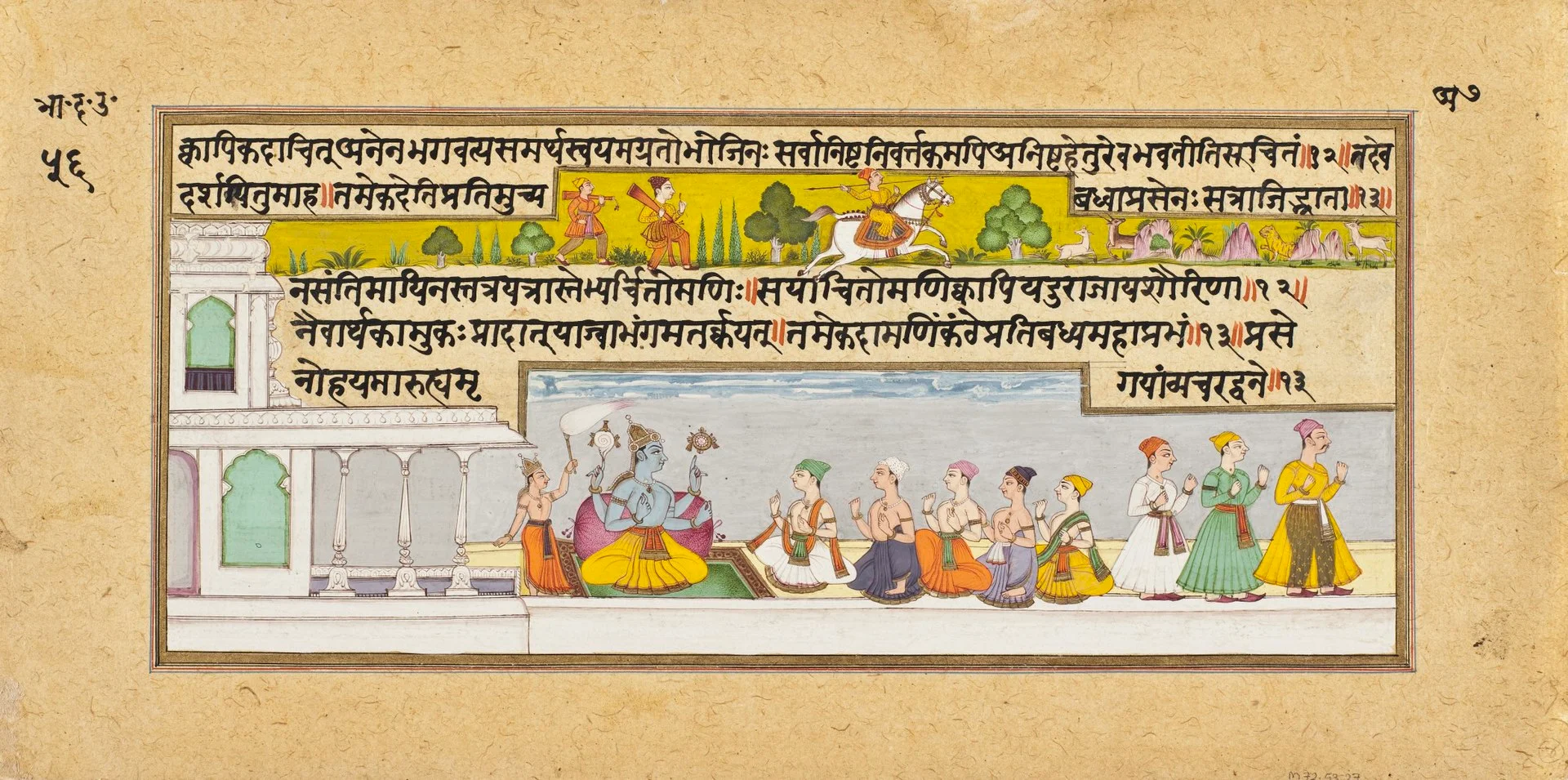
Significantly Saiyid Sultan did not intend to reject the complex religious universe but to connect it with the cosmological and prophetic world of the Arabian Peninsula.
The Nabī Bamsa fostered the claim that Islam is the heir of not Judaism and Christianity, but the other religious tradition of pre-Muslim Bengal.[4]
In the Subcontinent, too, in the 14th century the Arabic script, this time Persian-Arabic script, was adopted into local vernaculars resulting in the Urdu language. Richard Eaton wrote: “From the 7th century on, Muslims had been engaged in culture accommodations, assimilation and appropriation which had effected the transmission of Islam to a world religion.”[5] In this respect, India is not an exception case.
India’s Islamic tradition flourished like any other Islamic traditions had in other parts of the world. This is also true of the nature of the pre-modern Shari’a (Islamic law). As pointed out by Hallaq “Muslim jurists and Sultans left many things for the local communities. The nature of relation between the ruling subject and the local community was minimalistic. It existed only in terms of Zakat and Jizya (when it comes to finances). The social order of the community was not disturbed. For instance, the family law, and the inheritance law (of the local community), were not replaced. There were local courts functioning under Islamic rule.”[6]
In the sun, the Shari’a in the pre-modern tradition was “nomocracy”, meaning regulating norms.[7] The India’s Islamic tradition is as indigenous as any other traditions in South Asia.
Islam as a Foreign Alien Intrusion
Understanding earlier forms of Muslim-Hindu identity may help us to grasp the current leading communal tension in modern India. The advocates of this theory mostly confused Islamic expansion with the Turko-Persian conquest of India, a confusion probably originating in a too-literal translation of primary Persian accounts narrating the “Islamic” conquest of India. Modern text routinely characterized the advent of Persianized Turks in India as a Muslim conquest and the entire period from the 13th century to the 18th as the “Muslim Era”.
If it is true that the agents of conquest are not a people defined by their ethnicity but rather religion, in this case, Islam, then why, for instance, the Spanish conquest of Mexico which was justified by religious terms never speak of “Christian conquest of Mexico” or “Christian Era”. Rather one speaks of the Spanish conquest of South and Central America and “European settlements in North America”.[8]
![The Taking of Tenochtitlán by Cortés, 1521, a key event in the Spanish conquest of Mexico. [Image Credits: Getty Images]](https://southasiatimes.org/wp-content/uploads/2024/03/210812-battle-tenochtitlan-jm-1444-452ca4.webp)
The Identity of Muslims and Hindus is not formed in a vacuum. The process of modernization led to the sharp identity distinction in South Asia.
Colonialism is another factor in the identity-making of South Asian communities. Such Identities have been imagined or invented to a large extent.[9] Communities of the past were not similar to those of the present as Sudipta Kaviraj notes “Earlier communities tend to be fuzzy in two ways which no nation can afford to be. First, they have fuzzy boundaries because some collective identities are not territorially based…Second, part of this fuzziness of social mapping would arise because the traditional communities, unlike modern ones, are not enumerated.”[10] Because of the fuzziness, pre-modern communities were less self-conscious as compared to the modern ones in action.
Therefore, to argue that there somehow existed a distinction of Hindu-Muslim identity is an exercise of backward projecting the contemporary communal tensions and anxieties onto the past; Anxieties that are caused by colonialism and the modernization process. The identity in the pre-modern times was connected to privilege.
The deep fault lines running between India’s Islamic and pre-Islamic eras can be traced to the views of Turko-Persian and Brahman chroniclers.
Most of Turko-Persianized chroniclers had assumed that India entered history by the time Turkish rule dominated northern India. By the time Delhi Sultanate was consolidating power in northern India Mongols were rampaging the Islamic World. Being out rooted from their Central Asian homeland they migrated to India and made it their new home.
![Mongol Taking of Baghdad. [Image via National Geograhic]](https://southasiatimes.org/wp-content/uploads/2024/03/mongol-taking-of-baghdad-1.webp)
In 1268, the Caliphate office was also abolished with the razing of Baghdad by the Mongols. Having vivid memories of the Mongol destruction in their mind, which instilled a conservative mentality in these traumatized refugees, they saw their new home India as the de facto focus of Islam. Hence, the Turko-Persianized chroniclers associated sovereignty with Islam in India.
Contrary to the Persianized-Turk chroniclers, the Rajputs and the Brahmans saw things differently. They had a love-and-hate relationship with the Turks. In the Sanskrit sources, from the 8th to 14th century, the elites from the Iranian Plateau were referred to as “Turuskas” (Turks).[11] Whatever the medieval Persianized-Turks might have thought their contemporary Indian elites did not consider religion as their identity rather they regarded them by their ethnicity, like Gurjaras, Vangas, etc.[12] They were impressed by how the Turks exercised their power.
As Richard Eaton pointed out “they used to praise the Turkish rule even imitate them when they restored social order and condemn it as ‘barbarians’ (meleccha) when they destroyed the social order.” [13] Now let’s examine the term “meleccha”. The term meleecha in medieval Sanskrit was used to regard foreigners but the meaning of the term “meleccha” was changed variously in different time. The term meleccha even pre-dated Muslim entry into the Sub-continent. The Puranas composed in the 1st millennia prophesied a terrible future. The Puranas reflect the anxieties of the Brahmans in ancient times when a large number of people entered the Subcontinent, like Greeks, and challenged the Brahmans kingdoms.
The early meleccha in the Puranas first referred to the Shakas (an ethnic group of Central Asia that settled in the Gujrat region of western India[14]), and Yavana Indo-Greek Kingdom, referred to the Hellenistic dynasty. Later on, by the end of the 1st millennium, the meleccha was also referred to the non-Brahman indigenous people who did not adhere to the Brahmanical tradition. As Cynthia Talbot notes “People no longer have respect for the Vedas, the central ritual text of Brahmanical tradition, in a world in which the hierarchical order of cast society was inverted through ascendence of low-ranking castes over the ritual pre-eminent Brahmans”.[15]
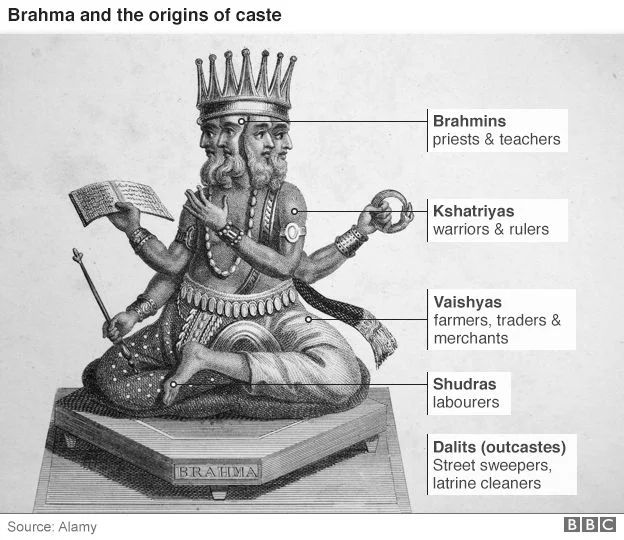
By the 14th century when the Hindu kingdoms were defeated by the Turkish rulers, provoking the same anxieties of the past, Turks were also included into the category of the Brahmans. In other words, meleecha was simply used for the people, indigenous or foreigners, who threatened the Brahman privilege.
As Romila Thapar notes “meleccha was simply a different social and cultural difference.” Thus, this demonization of the Others (i-e the Turks, Arabs, Greeks, Shakas, and the Indigenous people) represented an ancient myth of evil forces engaging in endless battles against the forces of the good. Since it is clear that the Brahmans had self-consciousness before the Muslims’ presence, the Hindu identity was formed after the Muslims consolidated power in the Subcontinent.
The first usage of the term Hindu can be found in 1323 inscriptions, the earliest dated in the Indian language.[16] Hindu is a Persian term referring to the people living in the Indus River, modern-day Pakistan. However, the Arabs first included the whole subcontinent under the term Al-Hind, the land of the Hindus. This does not mean that the non-Muslim population using Hindu identity for themselves formed a unified identity, contrary to the Hindu nationalist view.[17]
Also Read: Muslims and Hindus: The Holy Grail
When Vijayanagar kings said they were Sultans among the Hindu kings, they were emphasizing their status to the non-Turkish polities. That, to them Hindu meant Indic as opposed to Turkish, not Hindu religion as opposed to the Islamic belief, as noted by Talbot.[18]
Talbot further mentions, “The Visala grant of Prolaya Nayakar instead use the ethnic labels Turk (Turuskas), Persian (Parasika) and Greek (Yavana). Inscriptions from other areas of the Subcontinent during the first century of contact are similarly silent about Islamic religion and Islam affiliation with the Turks. The Turkic intruders were certainly considered to be a people other than earlier inhabitants, but the sense of differences was not primarily grounded on a religious base.”[19]
Conclusion
If the Identities of the pre-colonial Subcontinent were not regarded on religious bases and if the indigenous Indian population, Brahman particularly, did not refer to Turkish invasion as “Islamic Intrusion” or “Muslim conquest” then how did these categories become so dominant in current times?
Richard Eaton notes that the reductionist and ahistorical approach of classical Orientalist scholarship during the colonial period privileged the use of the Turko-Persianized chroniclers’ text over the indigenous one.[20] Furthermore, the orientalist scholarship located and fixed Islam in Arab geography to discover the “essence of Islam” and associate Islam with a “warrior religion” as noted by Max Weber.
During the 19th and 20th centuries, the Muslim and Hindu reform movement read their indigenous history with an orientalist filtered lens and adopted the separateness of Muslim and Hindu identities, meaning that Muslim and Hindu formed a monolithic separate identity based on religion, i-e Islam and Hinduism. While in reality these two identities were formed and invented by the imagination and prophesies of Brahmin and Turko-Persianized chroniclers.
Hindu nationalist historians are the most vocal advocates of this separateness identity and use it against the Muslim community of India. In reality, most of the Muslim population living in the Subcontinent were indigenous non-Brahman populations, not immigrants.[21]
By adopting the orientalist narrative, the reformer historians of the 19th and 20th centuries idealized the “Golden Age” of Islam not in South Asia but in the Middle East during the Abbasid era. After the partition, both in the independent states, Pakistan and India, nationalist historians sought a historical justification for their ideologues. I.H Quereshi, staying true to the Turko-Persianized chronicler tradition, wrote, as mentioned by Eaton, “at all times Muslims of the subcontinent were resonate and refused to be assimilated with the local population.”[22]
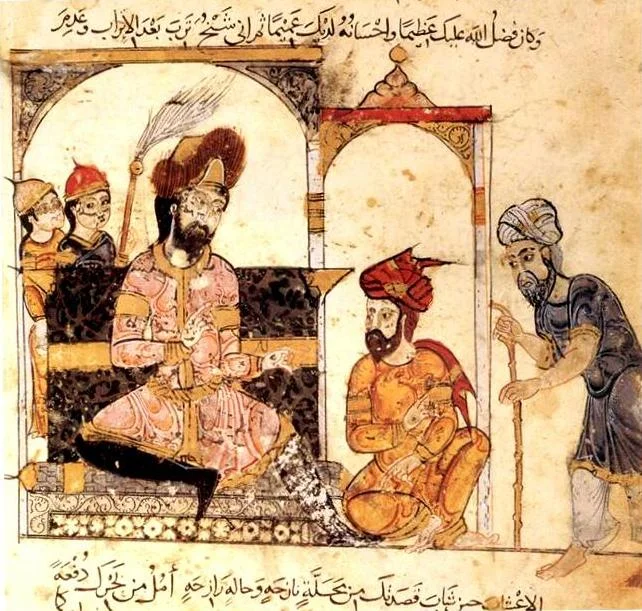
In other words, the realities of the colonial and post-colonial era were projected backward on the pre-colonial era. 1980 notes a shift in scholarship treatment of Islam pre-colonial South Asia. Postmodern schools challenged the centeredness and fixed identities in the pre-colonial era. The 1990s saw the rise of the atavist movement globally that reasserted primordial identities.
India also saw a revised version of the two-nation theory, this time projecting backward continuous, and monolithic Hindu religion onto India’s distant past.[23] This revision and projection exercise led the cultist nationalist Hindutva to its peaks, threatening not only the secular foundation of India but endangering the symbols and arts of India’s Islamic tradition and the lives of the Muslim community in India.
It was in 1992 that the most political charges against such symbols destroyed Babri Masjid. Instances of Muslim massacres also happened in Gujrat, Kashmir, Assam, and other parts of India. Tragically, the medieval Muslim rhetoric of iconoclasm is today being interpreted by Hindu nationalist historians and used against Indian Muslims.[24] In sum, the South Asia Islamic tradition is the most understudied subject in today’s academia (except for a few) and India’s Islamic tradition’s distant past is held hostage to the present.
The views expressed in this article are the author’s own. They do not necessarily reflect the editorial policy of the South Asia Times.
[1] Shahid Amin “A Balding Nation” March 1996, p.8
[2] Richard Eaton India’s Islamic Tradition, intro p. 5
[3] ibid. 3
[4] Ibid 5
[5] Richard Eaton India’s Islamic Tradition, intro p. 6
[6] Foresight conversation with Dr. Wael Hallaq, College Islamic Studies
[7] Contrary to the Western conception of law which is coercive and the fact that Orientalist scholarship misunderstood the role and function of Shari’a in the pre-modern era because they have never experienced a bottom-up non-coercive legal system since the fall of the Roman empire.
[8] Eaton’s India’s Islamic Age, p.10
[9] Cynthia Talbot, Inscribing the Other and Inscribing the Self, India’s Islamic Tradition
[10] Sudipta Kaviraj, “The Imaginary Institution of India” Subaltern Studies
[11] Eaton’s Islamic Tradition p.10
[12] Eaton’s India’s Islamic Age, p.10-11
[13] Eaton’s India’s Islamic Age, p.10
[14] Cynthia Talbot, Inscribing the Other and Inscribing the Self, India’s Islamic Tradition p.88
[15] Ibid 88
[16] Ibid 90
[17] Ibid p.90
[18] Ibid 91
[19] Ibid 91
[20] Eaton Islamic Tradition p.11
[21] The conversion process or Islamization of Subcontinent is my forthcoming essay
[22] I.H Qureshi, The Muslim community in the Subcontinent.
[23] Eaton India’s Islamic Tradition p.13
[24] Cynthia Talbot, Inscribing the Other and Inscribing the Self, India’s Islamic Tradition p. 107
Murtaza Dawar is a Pakistani young scholar interested in Islamic intellectual and legal history of South Asia and the Middle East. He can be reached on X @MohamadMurtaza_.

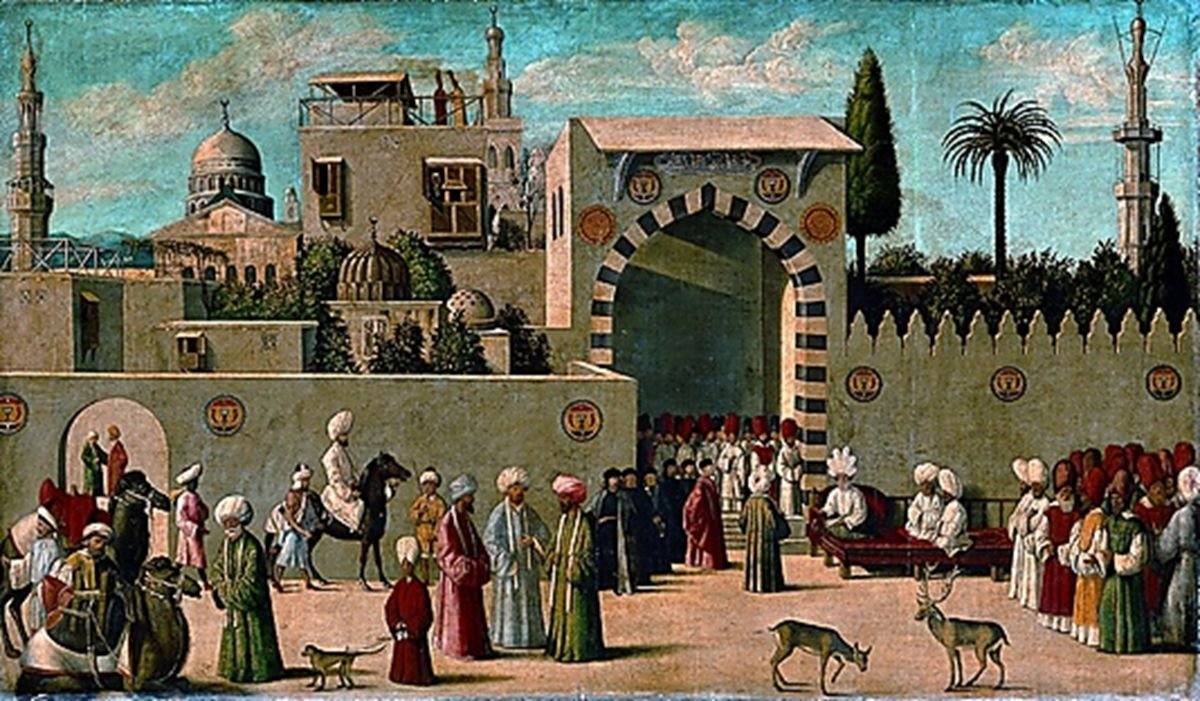


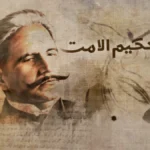
![As India reflects on a decade of Modi in the Prime Minister's Office, the journey reveals a troubling trajectory [Image via Reuters].](https://southasiatimes.org/wp-content/uploads/2024/05/2022-08-15T072754Z_114745352_RC2PWV9C3995_RTRMADP_3_INDIA-INDEPENDENCEDAY-150x150.webp)
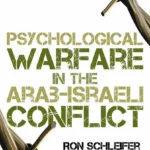
Good job!! Keep up with the good work. 10 points❤️❤️❤️super proud of you💕💕💕